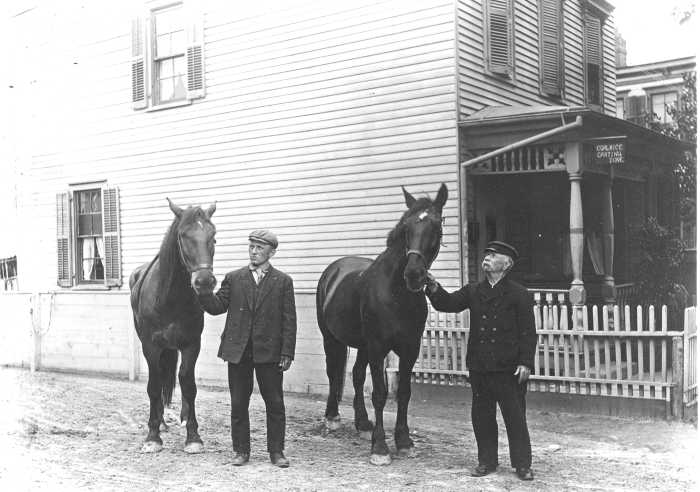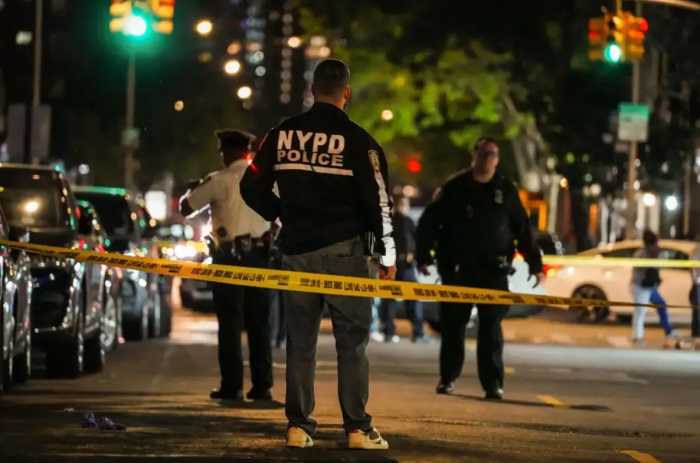By Matthew Monks
Armed with $3 million in federal grants, the city Department of Housing Preservation and Development plans to treat some 200 apartments – 90 of them in Astoria, which the city has designated as a high-risk neighborhood, said Thomas O'Hagan, lead grant director for the agency.
The department will fund and conduct the treatments, he said, and for building owners to qualify their dwellings must have been built before 1960, in generally good condition and home to a large number of children under age 6 or pregnant women.
Young children are most at risk for lead poisoning, which is generally spread by cracked or peeling paint in homes constructed before 1960, when the city outlawed lead paint, according to the city Department of Health and Mental Hygiene.
The disease often has no symptoms, and may damage a child's central nervous system and kidneys, causing comas, convulsions and death. In mild cases, it can cause stunted growth, impaired hearing, decreased intelligence and attention deficit disorders, according to the Centers for Disease Control and Prevention.
The majority of the borough's lead poisoning cases occurred in western Queens, specifically in Astoria/Long Island City, the Health Department's latest report said.
Officials speculate that the high numbers are caused by the area's large immigrant population, whose native lands still permit the use of lead-based paint.
In 2002, 26 percent of children with lead poisoning in the city were foreign born, primarily from Mexico, Haiti, Pakistan, the Dominican Republic and Bangladesh, the Health Department report found.
Based on the 2000 Census, 50 percent of Astoria's population is foreign born, with thousands of residents from that nation.
For that reason, O'Hagan said the Health Department will be using two Department of Housing and Urban Development grants to focus on that neighborhood.
But dwellings in Jamaica, Jackson Heights, Elmhurst, Corona, Forest Hills, Rego Park, Hillcrest Crest Fresh Meadows, Kew Gardens, Woodhaven and the northern portions of Sunnyside and Woodside may also qualify, he said.
Treatments last roughly five days, and can range from minor scrape and paint jobs to full-scale abatements in which doors and windows are replaced and walls replastered, O'Hagan said.
Fire escapes and apartment common areas are also touched up, with an estimated $8,500 spent on each job, he said.
The Housing Department is partnering with the non-profit social services organization HANAC for the lead-prevention campaign. For more information, call the city's information number 311 or Web site www.nyc.gov.
Reach reporter Matthew Monks by e-mail at news@timesledger.com or call 718-229-0300, Ext. 156.


































